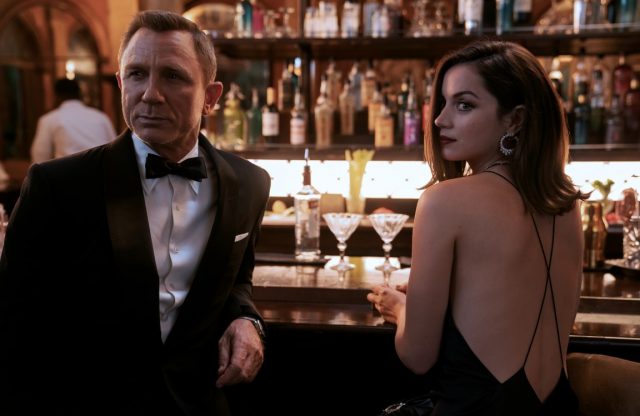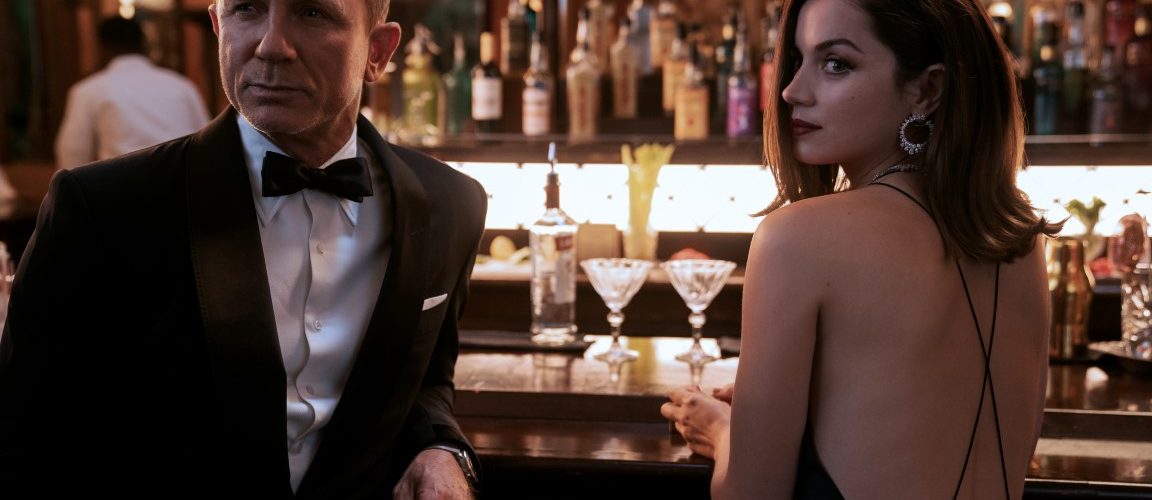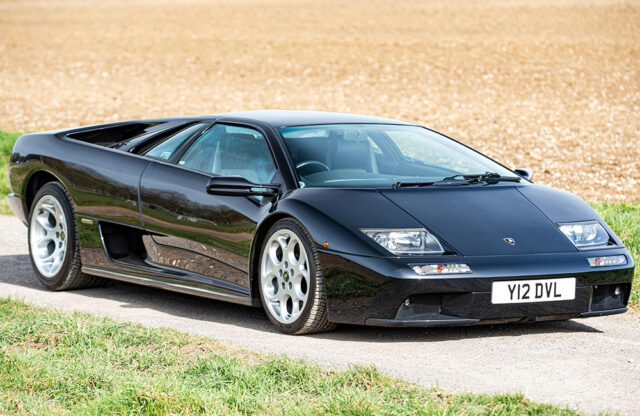Words: Andy Reid | Photography: Nicola Dove
Let me get this out in the open. I am not only a big car fan but also a James Bond fan. I have seen and own all the films, have extensive James Bond memorabilia, own Omega 007 edition watches, have books signed by every author in the book series including Ian Fleming, have driven the Goldfinger DB5 and Goldeneye Z3 hero cars, have owned a 1968 Aston Martin DBS saloon, and even owned a 1996 007 Edition BMW Z3 that I searched for years to get.
A hallmark of all James Bond movies from the first film, Dr No, to the latest, No Time To Die, are fabulous cars that are featured in amazing stunts and special effects, often with other vehicles involved.
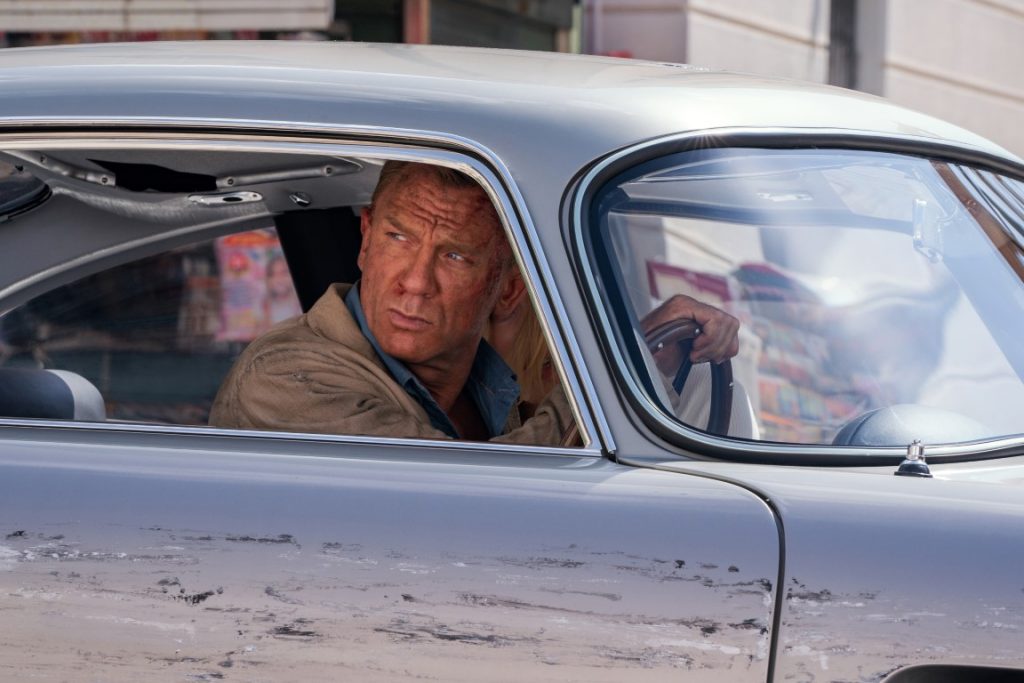
Last September I received an email inquiring if I had any interest in speaking to some of the team from No Time To Die. After rereading the email three or four times, I responded – hoping that it wasn’t a gag email from a friend. Happily, it was not. That message led to the opportunity to speak with Chris Corbould, special-effects supervisor for this, the Daniel Craig’s fifth 007 film.
Just for a little background, Chris is a veritable legend in the special-effects world, and has been involved in every Bond film since The Spy Who Loved Me – 15 to date. Think of him as the Q of the production department, because he makes the magic we see happen on screen. This puts him in almost the same 007 veteran category as actor Desmond Llewelyn, who played Q in 16 Bond films, just beating Chris by one.
I had the opportunity to sit down with Chris virtually, to ask him about the cars and stunts in James Bond films past and present. I hope reading the interview is half as much fun as being a part of it was.
AR: So Chris, it looks like No Time To Die is as much an entirely new film as it is an homage to the legend of James Bond?
CC: Well, it is great to see the DB5 back in ‘full combat’ mode rather than the odd cameo role, and that is pretty exciting. The DB5 in No Time To Die is definitely embracing the history of the Bond films.
AR: That brings me to my first question. There is a lot of Bond mythology around the DB5 in the franchise. Does using the DB5 present obstacles for special-effects work because of how old the cars are? Is there a certain level of difficulty in keeping that mythology intact as a special-effects artist?
CC: The first decision we needed to make was whether to use the old gadgets from the Goldfinger car, or to upgrade them. Some of them should be upgraded, hence we’ve got a multi-barrel Minigun behind the headlights instead of the old Browning single-barrel machine guns, but we decided to keep the smokescreen. It was a mixture of old and new, and a nice balance, too, because it gives the audience something new along with the traditional stuff.
AR: How do you make these new cars with incredible performance limits look on the edge of being out of control?
CC: The main thing is really the camera work. We also modify the cars’ chassis and suspension as well as trying various types of tyres. One of the problems we had when shooting the big chase scene in Matera, a village in Italy that is thousands of years old, is that the streets are made of polished stone. They tried all different kinds of compound tyres. The stunt driver decided to spray some fizzy drink on the street, and we then got the traction we needed.
AR: Since you are effectively Q in the 007 film process, is there a favourite of all the cars you have messed with over the years?
CC: As soon as you get to do something out of the ordinary with the cars, it’s fun. One of my personal favourites is the Aston Martin V8 Vantage from 1987’s The Living Daylights. I was personally responsible for the chase sequence on an ice lake in Austria.

The filming and effects were quite difficult due to the temperatures. We stayed up all night in order to make the nitrogen cylinders work in the super-low temperatures and get the other effects to work properly. When I got back to the hotel, a member of the crew said to go to the bar, because Cubby Broccoli wanted to have a drink with me. He was that kind of a person to work with. It was fascinating when the same car came back in No Time To Die, 30-odd years later.
From a technical standpoint, it is Die Another Day’s cars on the ice, with all of the gadgets. We had to convert the Jaguar XKR to four-wheel drive to make it work on the ice the way we needed it to, and we had to make sure the vehicles did not fall through the ice. To protect the drivers, we created an inflatable float system for the cars in case they did end up going through.
AR: A lot of the sequences you are responsible for look to be done in one take. It’s that one take or nothing; that’s got to be stressful?
CC: Yes, I’ve lost a lot of sleep over those one-take wonders. When the production team spends lots of money building a set and you have one chance to get it right when you blow it up, it can cause a lot of stress.
AR: How about the flip of the Aston Martin DBS in Casino Royale?
CC: The stunt guys kept trying and trying to flip the DBS without any help from the effects department, but the aerodynamics would not let it flip over. The chassis was so good that no matter how hard they drove and cornered the car, it refused to flip. Finally, the stunt coordinator had the effects team add a nitrogen cannon to the car, and they were able to get it to flip the first time out.
AR: The DB5 figures prominently in No Time To Die. How many different models did you have for the film?
CC: We had eight cars in all. Two of them were real DB5s, because whenever Daniel gets in and out of the car we want it to be seen in its full splendour. We had four stunt versions, which were fully roll-caged up with all of the safety elements, and we had two with driving pods mounted on the roof. With these, during the high-speed chase we had a British rally driver controlling the car from the roof while Daniel acted inside. We actually also had two more, in case a car was damaged during filming.
The cars were all made by Aston Martin. I love working with Aston – they are geniuses. It’s all hands-on. It’s not all filled up with robots; it is engineers and craftsman making the cars. They didn’t have much time to make the cars, and they got the ten done just in time. I have a lot of admiration for Aston Martin.
AR: You also helped with the Goldfinger DB5 Continuation cars that Aston released last year. What was that experience like?
CC: Yes, that was a great project to be a part of. There were certain elements they wanted help with, the guns and such like. They assisted with the smoke machine, the mechanism that makes the car look like the guns are firing, and the oil slick. Aston staff actually designed and created the bulletproof shield and the revolving number plate themselves. They are brilliant engineers. It was great fun working on the project without the stress of film deadlines. I loved it.
AR: I would guess that you were sadly not given one of the cars, though?
CC: I spoke with Barbara Broccoli and said: “Well I‘ve done all of these films – when I am going to get an Aston?” I still don’t have an Aston.

AR: Of all the car special effects you have created, which was your favourite?
CC: On the third outing with BMW, they wanted us to use a Z8, but they only had two, which were actually prototypes, so we had to make another three exact copies. The one that was cut in half had to be built to allow the saw blades – which would not cut butter – actually cut the car in half. We made it using various materials such as foil and such like.
AR: I am guessing that no actual DB5s were ‘killed’ during filming?
CC: No! A few were ‘hurt’ a bit, but none actually ‘died’.
AR: Do you feel like the 007 franchise is the best commercial for Aston Martin?
CC: I feel that it is a bit of a two-way affair. It is obviously beneficial to Aston Martin, but it benefits the 007 films as well.
AR: What is the single most difficult car effect you have done in the 007 franchise?
CC: Wow, there are so many that were difficult. In No Time To Die, the off-road sequences with the Land Rover Defenders was extreme. They were quite extraordinary, because they are off-road. Most of our driving sequences take place in urban environments, so we were able to do more extreme stunts. You don’t usually see rural car chases. It was as exhilarating to create the sequence as it is to watch it.
AR: Is there is something you do with your effects and the way the action sequences are done and look that labels them as being from a 007 film? What is the differentiator versus everyone else?
CC: Others use green screen a lot, whereas we try to do as much as we can for real. When are cars look to be driving fast, they are actually being driven fast. It is not through the use of green screen.
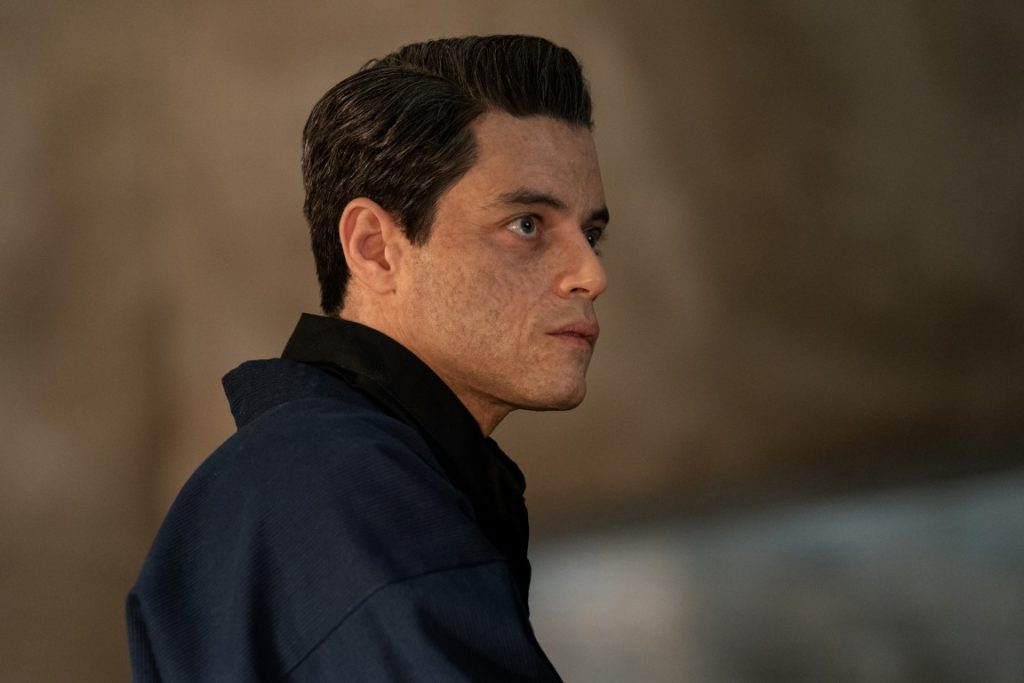
We want to use effects in Bond films when we need to, and not gratuitously, and we want to do them for real. We work to make the sequences rooted in reality, all the way back to Dr No, and we pride ourselves in preserving that legacy. I personally actively seek out directors to work with who like to do the effects for real.
AR: Is there one car ‘Easter egg’ we should look for in No Time To Die?
CC: Look for when Bond activates the smokescreen. It is fun and goes back to the earlier films with the DB5.
AR: Thank you for your time Chris, and congratulations on the new film, which is already a hit.
CC: You are so welcome. Can I just say No Time To Die is an extraordinary film. If you have not yet seen it, you are not really seeing anything in the trailers compared with the complete film. This is the Bond film to end all Bond films.
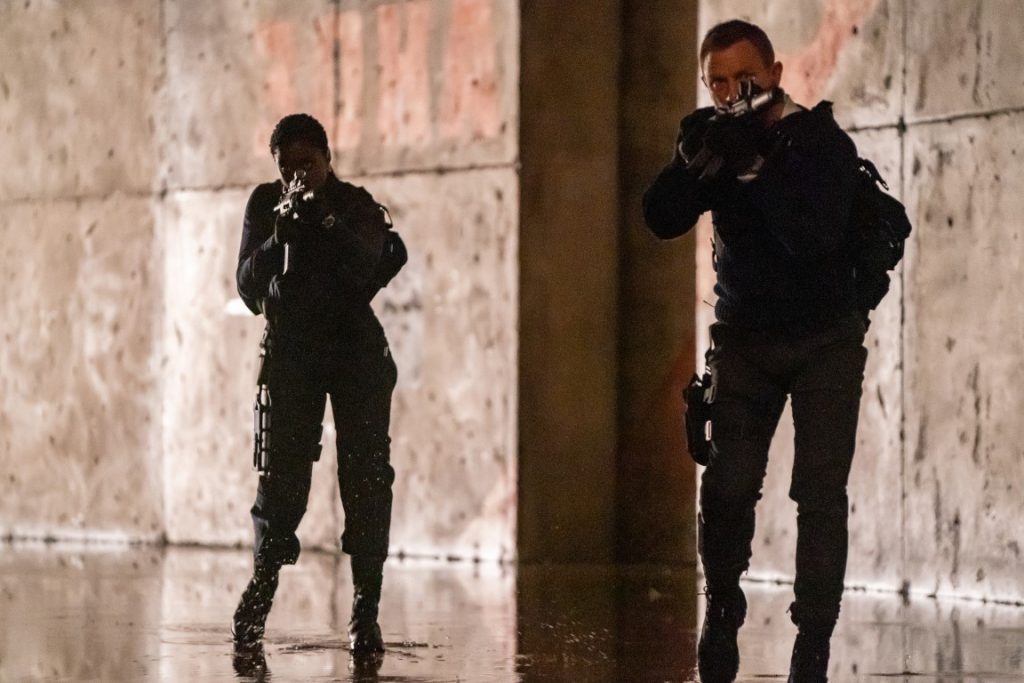
If you liked this, then why not subscribe to Magneto magazine today?
